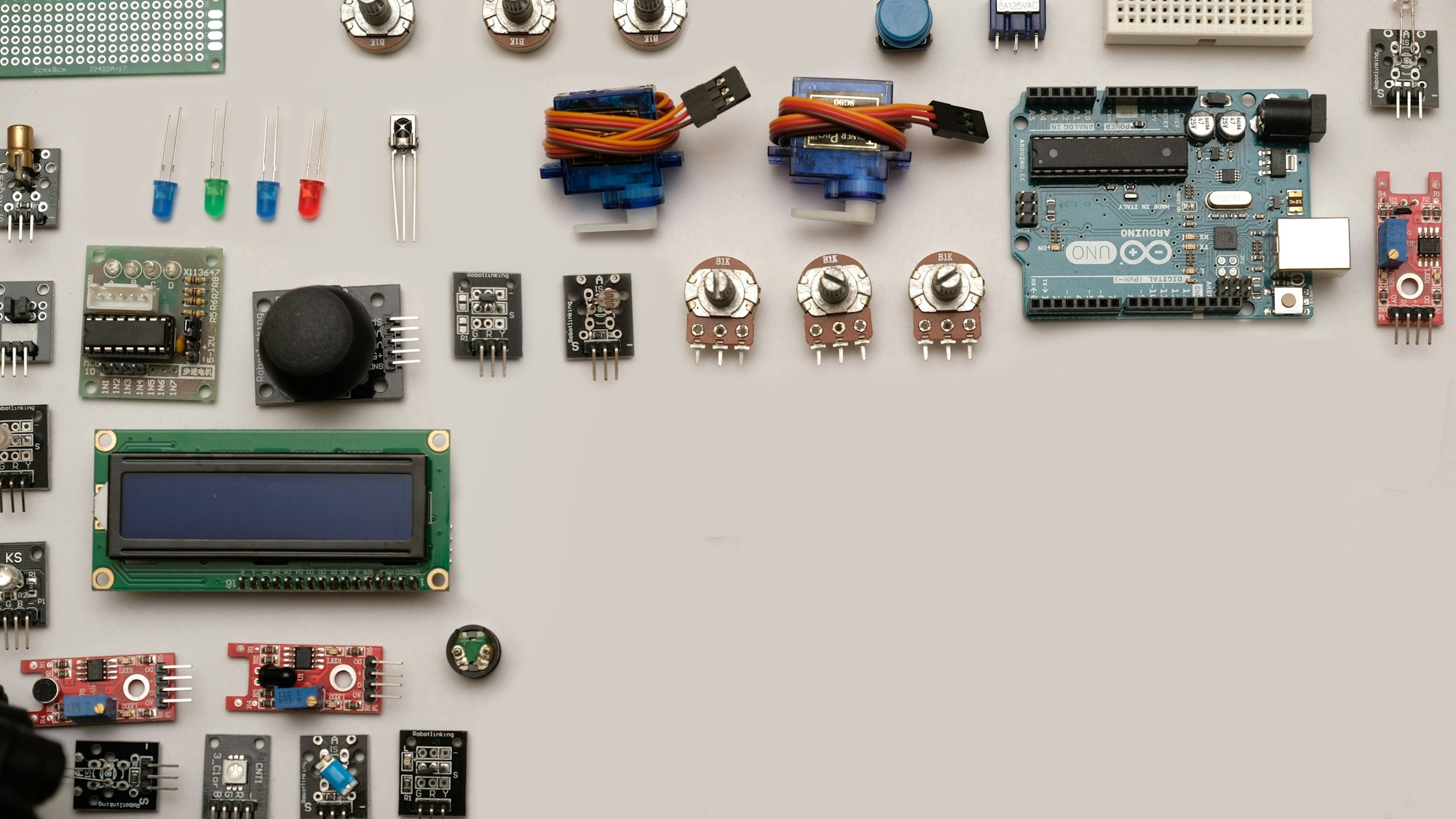There’s a lot to love about Pixel phones: clean Android software, powerful cameras, and Google’s signature AI smarts. But when it comes to performance and battery life, they’ve consistently lagged behind the likes of Samsung and Apple. And much of that has boiled down to one core issue: the chips powering them.
Since introducing its custom Tensor chips with the Pixel 6 in 2021, Google has depended on Samsung’s foundry for chip manufacturing. While this gave Google control over AI integration, it came at a cost. Samsung’s fabrication process just hasn’t matched the efficiency or thermal performance of TSMC, the chipmaker behind Apple’s blazing-fast A-series chips and Qualcomm’s Snapdragon flagships.
TSMC led the global semiconductor foundry market by 57% in Q2 2023 [CHART]
The semiconductor foundry industry is grappling with the impact of a global economic downturn and subdued demand in key sectors like PCs, smartphones, and consumer electronics in the second quarter of 2023, as reported by Counterpoint. Sectors like automotive and industrial applications also displayed signs of softness but continue to

That’s why Google’s reported switch to TSMC for the upcoming Tensor G5, debuting with the Pixel 10, is such a pivotal move. And it’s not a one-time fix. According to a new report, the partnership could extend up to five years, possibly covering future devices all the way through the Pixel 14. For Pixel fans, the extension may signal a major leap toward parity with the performance and efficiency standards set by Apple’s iPhones and Samsung’s premium Galaxy devices.
We’re already seeing hints of what’s possible with the Pixel 9, which uses Samsung’s newer 3nm node and runs cooler than its predecessors. But moving to TSMC’s 3nm process, the same one used by Apple’s A18 in the iPhone 16, could be a big upgrade for Google. A more efficient chip doesn’t just reduce heat; it helps battery life and can lower production costs by enabling smaller, denser designs.
Of course, it’s not just about the foundry. Performance still depends on things like CPU architecture, clock speeds, and thermal design. So, even with TSMC in the picture, Tensor chips might still lag behind the Snapdragon 8 Gen 4 in raw power.
Still, this move is long overdue. With better manufacturing and a long-term chip roadmap, Google may finally bring the Pixel’s hardware up to the level of its software smarts. And for users, that could mean fewer overheating issues, better battery life, and an all-around smoother experience.
If you’ve held off on buying a Pixel because of past performance quirks, the soon-to-be-launched Pixel 10 might just be worth the wait.
INFOGRAPHIC: Snapdragon 8 Elite vs Tensor G4 — Which Has Better Performance?
With these performance metrics, you can decide on what chip you want your upgraded device to have.




